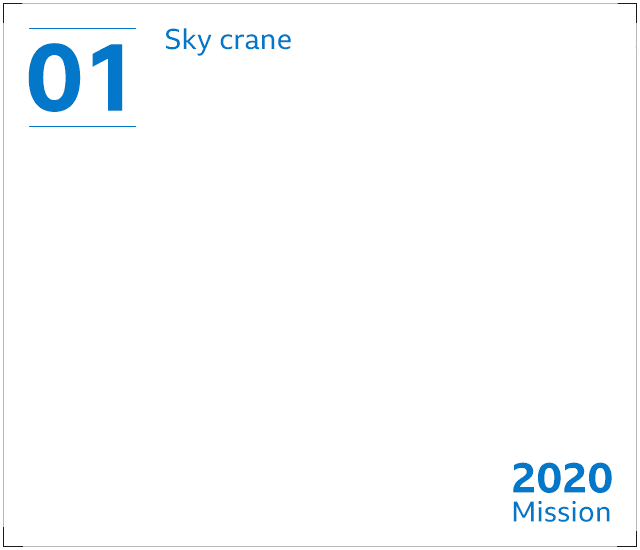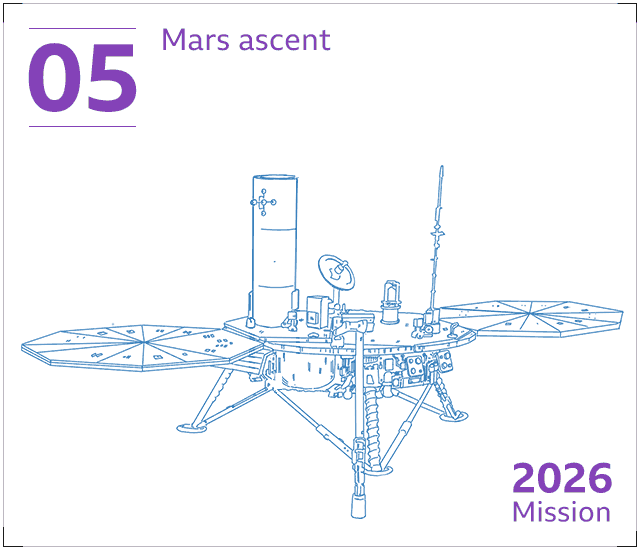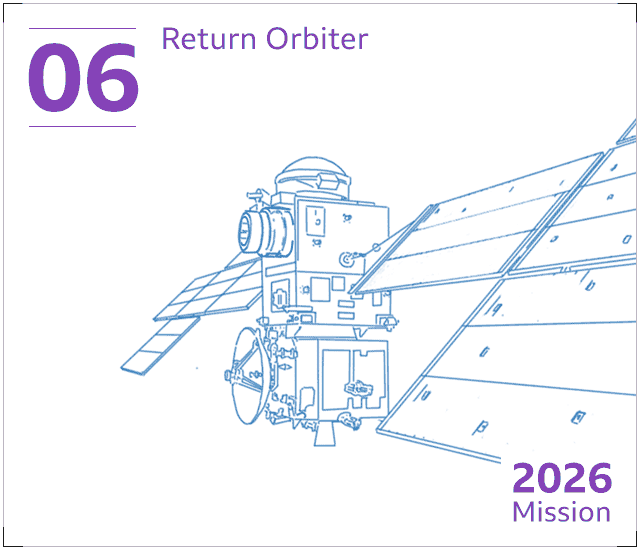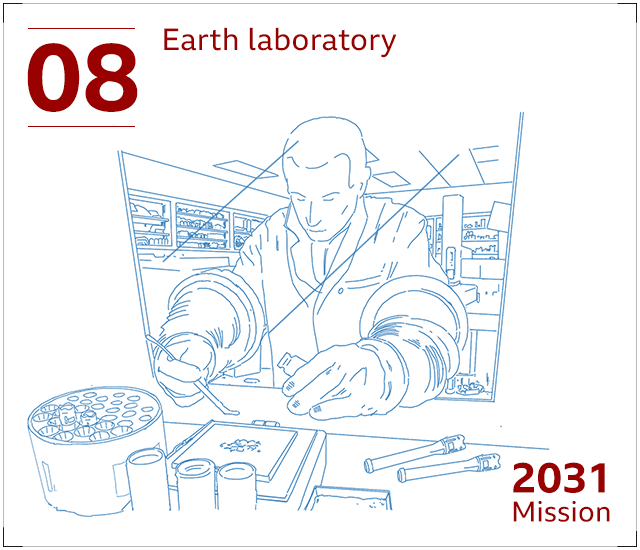Nasa Perseverance rover: Bringing Mars back to Earth
- Published
Related topics

Nasa's Perseverance rover will land on Mars this Thursday to begin an audacious effort to bring samples of Martian rock and soil back to Earth. It will involve two robotic rovers to collect the best specimens, and an elaborate delivery system to get this material home.
Scientists hope to then learn more about whether life has ever existed on the Red Planet by studying the samples using techniques that are only available in Earth laboratories.
Will Nasa's next rover discover life on Mars?
How long does it take to get to Mars?
Illustrations by Gerry Fletcher
Produced by: Jonathan Amos, Tom Housden, Shilpa Saraf and Evisa Terziu







